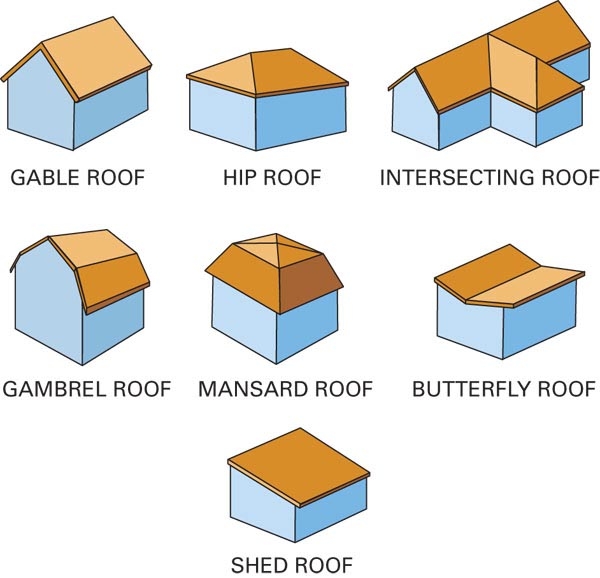
Transforming your home is an exciting journey that not only enhances its aesthetics but also boosts its functionality and value. Among the most critical components in this process are siding, roofing, gutters and guards, and windows. Each of these elements plays a vital role in protecting your home from the elements while also contributing to its overall curb appeal.
Siding provides a protective layer for your walls, ensuring they stand strong against rain, wind, and other environmental factors. Roofing shelters your entire home, making it essential to choose materials that can withstand various weather conditions. Gutters and guards prevent water damage by channeling rainwater away from your home’s foundation. Finally, well-chosen windows can improve insulation and energy efficiency, while also letting in natural light and showcasing your personal style. Dive in as we explore everything you need to know to make informed decisions about these key aspects of your home.
Choosing the Right Siding
Selecting the right siding for your home can significantly impact its appearance, durability, and energy efficiency. There are several materials to choose from, including vinyl, wood, fiber cement, and metal. Each option comes with its unique benefits and drawbacks, so it is essential to consider your specific needs, budget, and aesthetic preferences. For example, vinyl siding is popular for its low maintenance requirements, while wood offers a classic look that some homeowners find appealing.
Another important factor to consider is the climate in which you live. If you’re in an area prone to extreme weather conditions, you might want to opt for a more durable material like fiber cement or metal siding. These materials can withstand heavy winds, rain, and even hail. Additionally, consider insulation properties if energy efficiency is a priority for your home. Some siding options come with built-in insulation or can be paired with insulation to help regulate indoor temperatures.
Lastly, think about the overall architectural style of your home. The siding you choose should complement its design and enhance curb appeal. Lighter colors may make a home appear larger, while darker tones can provide a more modern and sleek feel. Don’t forget to check local building codes and homeowners association regulations, which might influence your siding choices. Remember, investing in quality siding will not only improve your home’s exterior but can also increase its value and marketability.
Essential Roofing Options
When considering roofing options for your home, it is important to explore the variety of materials available. Asphalt shingles are among the most popular choices due to their affordability and ease of installation. They come in a wide range of colors and styles, allowing homeowners to match their roofing to the overall aesthetic of their property. Additionally, asphalt shingles provide decent durability and can last for two to three decades with proper maintenance.
Metal roofing is another option gaining traction for its longevity and resilience. Available in materials such as steel, aluminum, and copper, metal roofing can last up to 50 years or more. It is highly resistant to severe weather conditions, including heavy rain, snow, and hail. Moreover, metal roofs are energy efficient, reflecting solar heat and reducing cooling costs during hot months. Their sleek appearance adds a modern touch to any home.
For those seeking a more traditional look, tile roofing is a timeless choice. Made from clay or concrete, tile roofs are known for their durability and fire resistance. They can withstand harsh weather and are excellent for thermal insulation. However, it is important to consider the weight of the tiles, as they require a sturdy roof structure. Tile roofing adds an elegant appearance to homes, particularly in Mediterranean or Spanish-style architecture.
Siding repairs
Gutters and Windows: Key Considerations
When selecting gutters for your home, it is vital to understand how they integrate with your overall roofing system. Properly functioning gutters help direct water away from your home’s foundation, preventing water damage and mold growth. Consider the materials available, such as aluminum, vinyl, or galvanized steel, each offering unique benefits in terms of durability and maintenance. Additionally, the size of the gutters must correspond to the roof pitch and rainfall in your area to ensure optimal performance.
Windows also play a crucial role in the efficiency and aesthetics of your home. Choosing the right windows involves evaluating their energy efficiency ratings, which can significantly impact heating and cooling costs. Look for double or triple-pane windows with gas fills for improved insulation. Additionally, consider the style of windows that best suit your home’s architectural design, whether that be casement, sliding, or bay windows, each providing different advantages in terms of functionality and curb appeal.
The installation and maintenance of both gutters and windows should not be overlooked. Professional installation ensures that gutters are properly pitched to facilitate drainage and that windows are sealed correctly to prevent air leaks. Regular maintenance, such as cleaning gutters of debris and inspecting window seals, is crucial to prolong their lifespan and maintain their efficiency. By carefully considering these factors, you can enhance both the functionality and appearance of your home.



